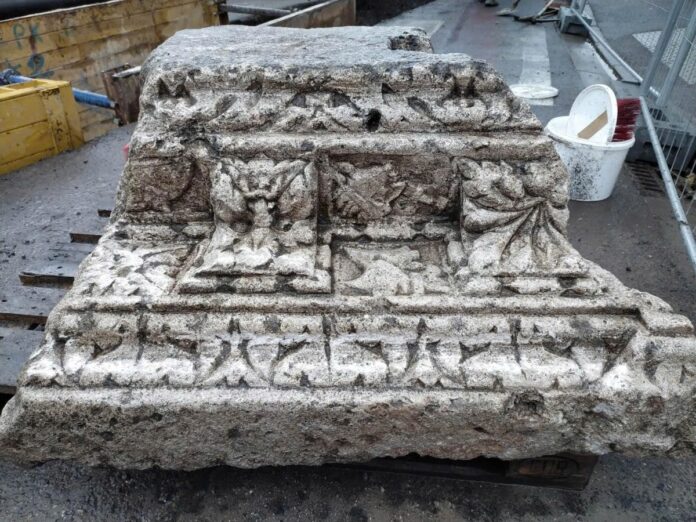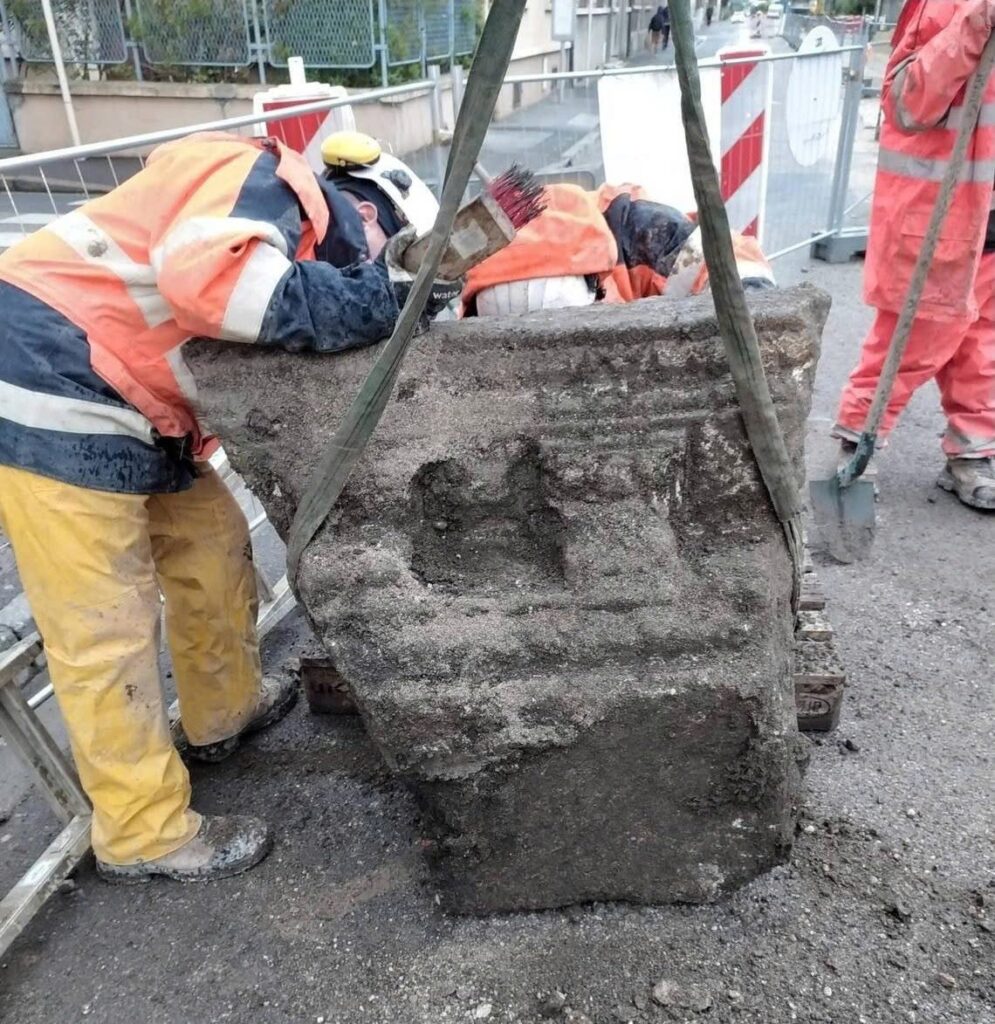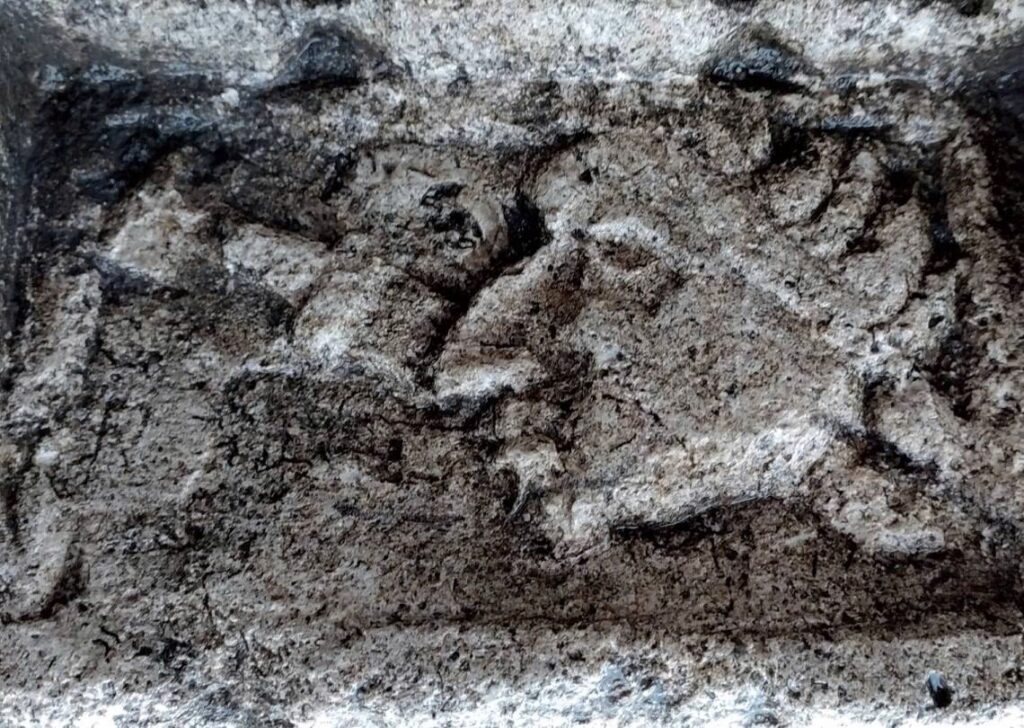Remarkable Find in Toul, France
Carved Block in Corinthian Style Discovered During Construction Work
In the historic city of Toul, located in northeastern France, an extraordinary archaeological treasure has surfaced amidst a contemporary construction project. While workers were digging trenches for a new district heating system, they stumbled upon a large and intricately carved limestone block, which is believed to be a remnant of a Gallo-Roman monumental public structure.

A Peek into Toul’s Rich History
Toul, an ancient settlement that thrived at a key intersection of Roman roads, boasts a deeply rooted history that extends over thousands of years. Initially a fortified hilltop settlement of the Leuci tribe, the town later came under Roman control, fortified by imposing defensive walls made from recycled building materials known as spoglia.

Symbolic Carvings and a Severed Head
The unearthed carved block measures over four feet in width and weighs close to 900 pounds, showcasing an elaborate design. It features two ornate modillions, also known as architectural brackets, embellished with acanthus-like foliage and a Gallo-Roman representation of the “Green Man.” Positioned between these modillions are rectangular metopes; one displays what appears to be a shield, while the other features an iconographic design found on local potin leuque coins.

Perhaps the most striking aspect of this block is the depiction of a decapitated Gaul, featuring a hollow eye and lying on what is recognized as a Roman sword. This vivid image serves as a stark representation of the Romans’ conquest over the Gallic tribes in the area.
Importance and Plans for Preservation
Experts believe that this monumental carved block was once part of the entablature—the decorative upper section—of an impressive Gallo-Roman public building, potentially a temple, theater, or triumphal arch. Similar artifacts from the second century AD highlight the block’s grand size and intricate detailing.

The revelation of this ancient architectural masterpiece has offered an intriguing insight into Toul’s rich history. The carved block will be meticulously preserved and studied before being showcased at the Toul Museum, where visitors can appreciate this remarkable piece of the city’s Gallo-Roman legacy.

